Average Life Spans of Pests
Average Life Spans of Pests
Ants
Ants are divided into three different groups within the colony: males, workers, and the queen. Similar to the bees, all eggs that are fertilized become females, while all unfertilized eggs mature to be males. Over the course of their lives, the ants pass through four different stages. The first three stages last between six to ten weeks, and the remaining portion of their lives as spent as adults. On average, ants live for roughly the span of one year, but colonies will prevail through the lifetime of their queen, who can survive up to 20-30 years depending on the particular subspecies of ant. 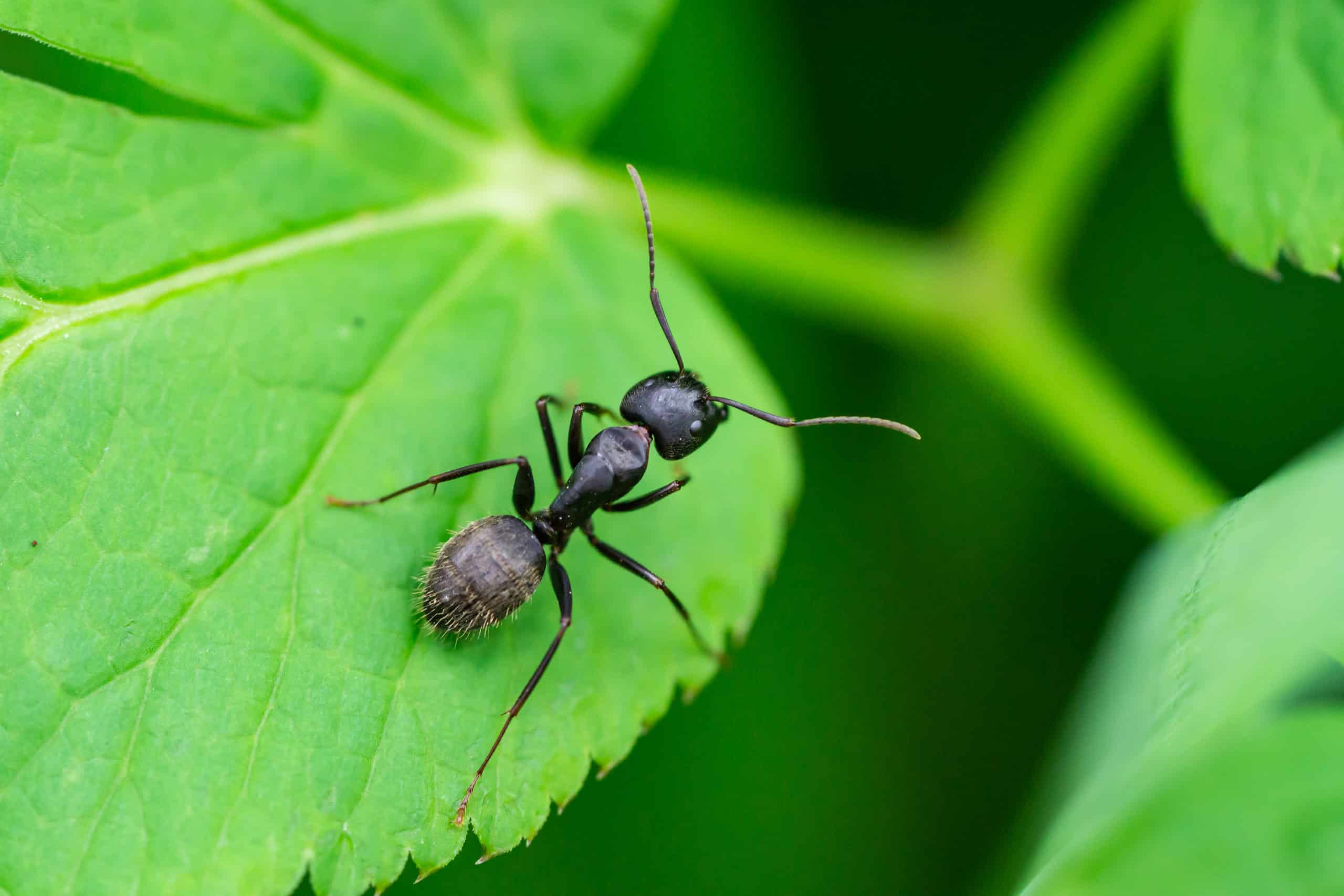
Bed Bugs
As is the case with many insects, reptiles, birds, and even mammals, bed bugs begin their lives as simple eggs. When undisturbed, the eggs typically have a survival rate of 97% and will hatch between 4 – 12 days (6 – 9 on average) depending on the temperature of the atmosphere. Once hatched, baby bed bugs are referred to as nymphs in which they molt through 5 different stages known as instars. With each molt, the nymph grows larger and, on average, the total development from freshly hatched nymph, through their 5 instars, and into adulthood takes roughly 37 days. Once they’ve matured into adults, bed bugs typically live between 6-12 months, although in optimal conditions some can live longer. They are also capable of surviving very long time periods without indulging in any blood meals, making them very difficult to starve out. 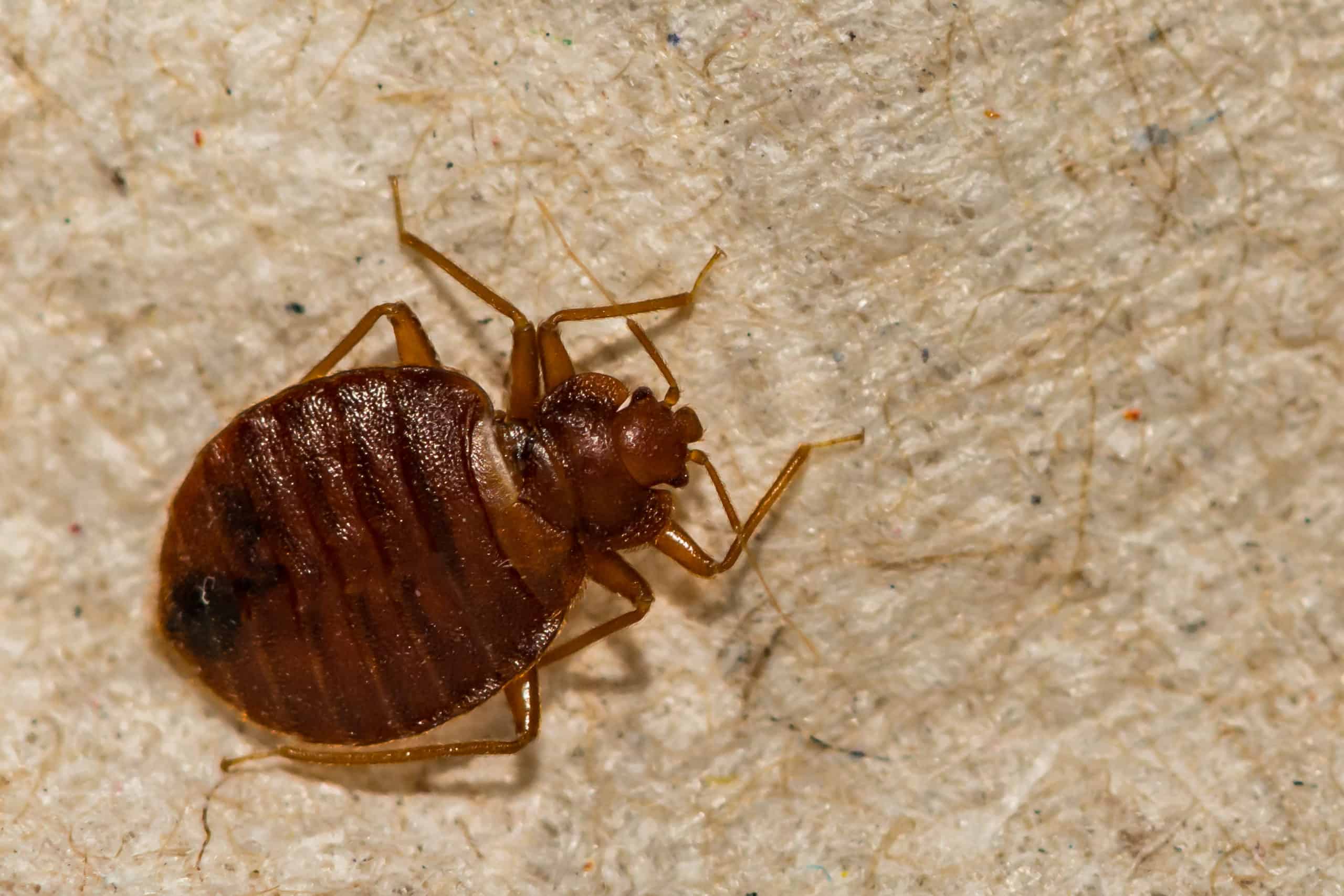
Cockroaches
The life expectancies of cockroaches can vary drastically depending on the specific sub-species of roach. In the United States, the most common roaches are American roaches, German roaches, and Oriental roaches. For American cockroaches, maturing from egg to adult takes on average 600 days (20 months). Following that, the adults live for roughly another 400 days (13 months), resulting in a total lifespan of about 2-3 years. German cockroaches have different lifespans depending on their gender. Males live between 100 to 150 days (3-5 months), while the females live on average 190 to 200 days (6-6.5 months). These life spans are far shorter than those of both the American cockroach and the Oriental cockroach. The incubation period for the Oriental cockroach lasts between 42 to 81 days (1-2.5 months), following which the hatched nymph progresses into adulthood in roughly 365 days (12 months). The adults live for a surprisingly short period of time, only lasting between 34 to 180 days (1-6 months). In total their lifespans last about 1 to 2 years. 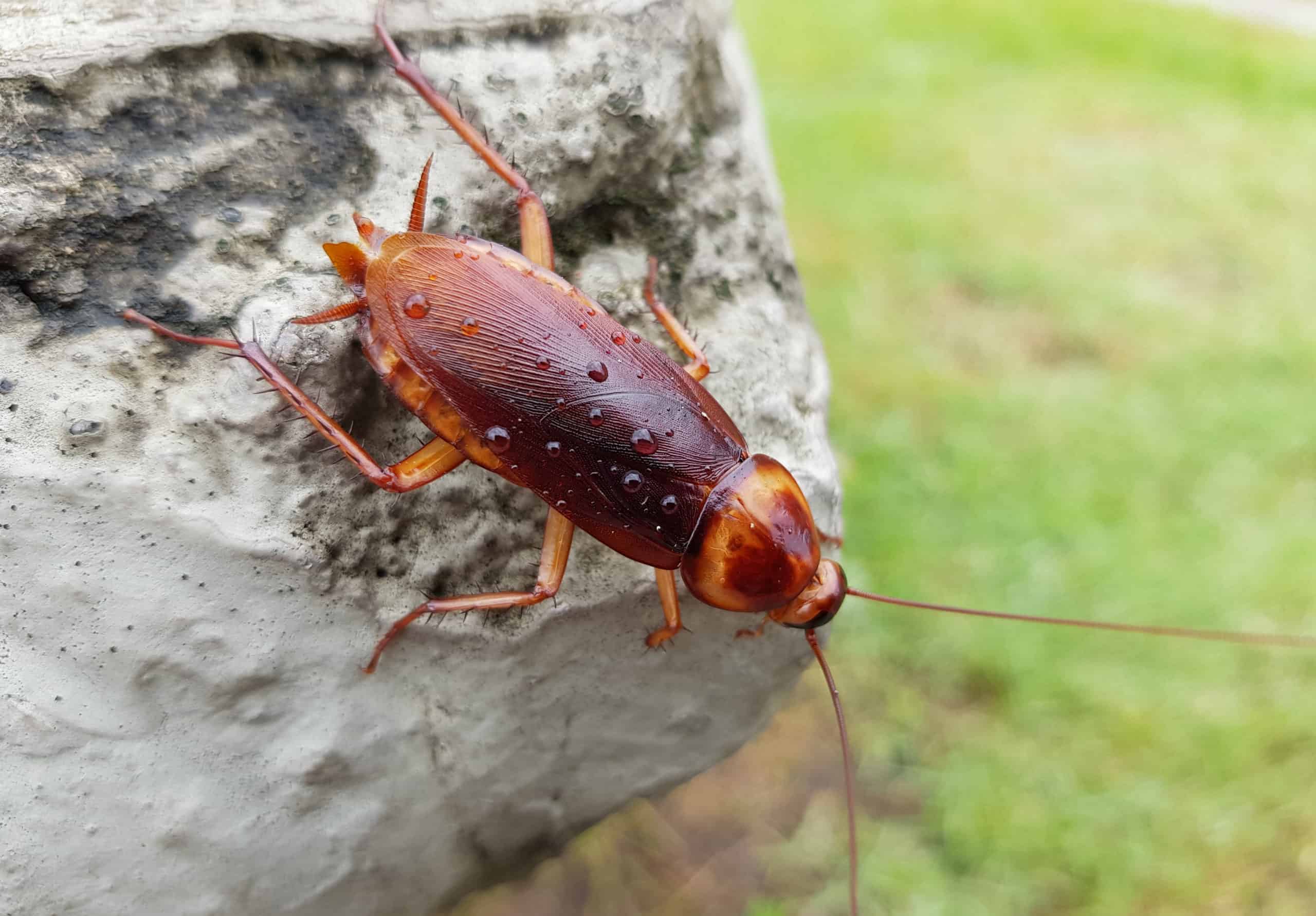
Mosquitos
There are an estimated 3,200 different species of mosquitoes alive on Earth today. Most species of mosquitos go through 4 life stages: eggs, larva, pupa, and adult. Male mosquitos live for a span of roughly 5-10 days, while females with proper nutrition and favorable environments can survive up to around 6 months depending on the particular species. During this time, the females can produce up to 10 broods each of which contain between 50-500 eggs at a time. 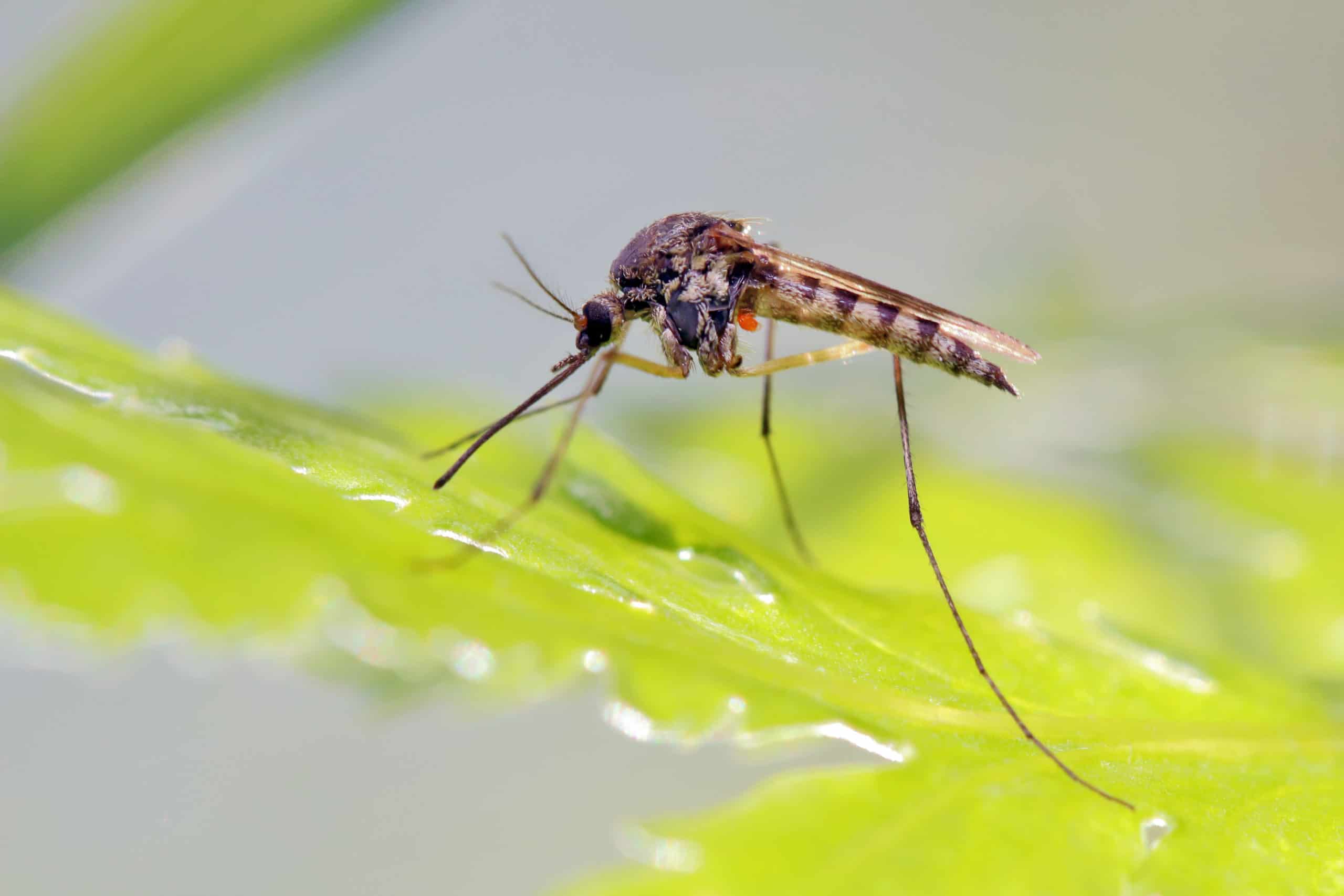
Ticks
Like several of the aforementioned pests, the life spans of ticks can vary depending on the particular species of tick you are dealing with. No matter the species, these arachnids go through three life phases before adulthood: egg, larva, and nymph. The Black Legged Tick/Deer Tick (Ixodes scapularis) – The eggs of deer ticks tend to hatch around June/July and by May, the larvae will molt into nymphs and begin feeding until they, once again, molt, this time into adults. These ticks can live up to around 2 years, surviving through the winter months and remaining active as long as temperatures do not drop below freezing. The Lone Star Tick (Amblyomma americanum) – Lone Star females can lay roughly 5,000 eggs after feeding on a host. The eggs then undergo an incubation period before the larvae emerge seeking a host. By the time they’ve reached the end of their natural adulthood, these ticks will be between 1.5 to 2 years old. The American Dog Tick (Dermacentor variabilis) – These ticks are extremely resilient and while their average life span is 2-3 years, adults can survive up to 2 years without even feeding. Mating occurs while the female is on the host, and after dropping off and laying her eggs, the female will pass away leaving her roughly 4,000-6,500 eggs to hatch in about a month’s time. 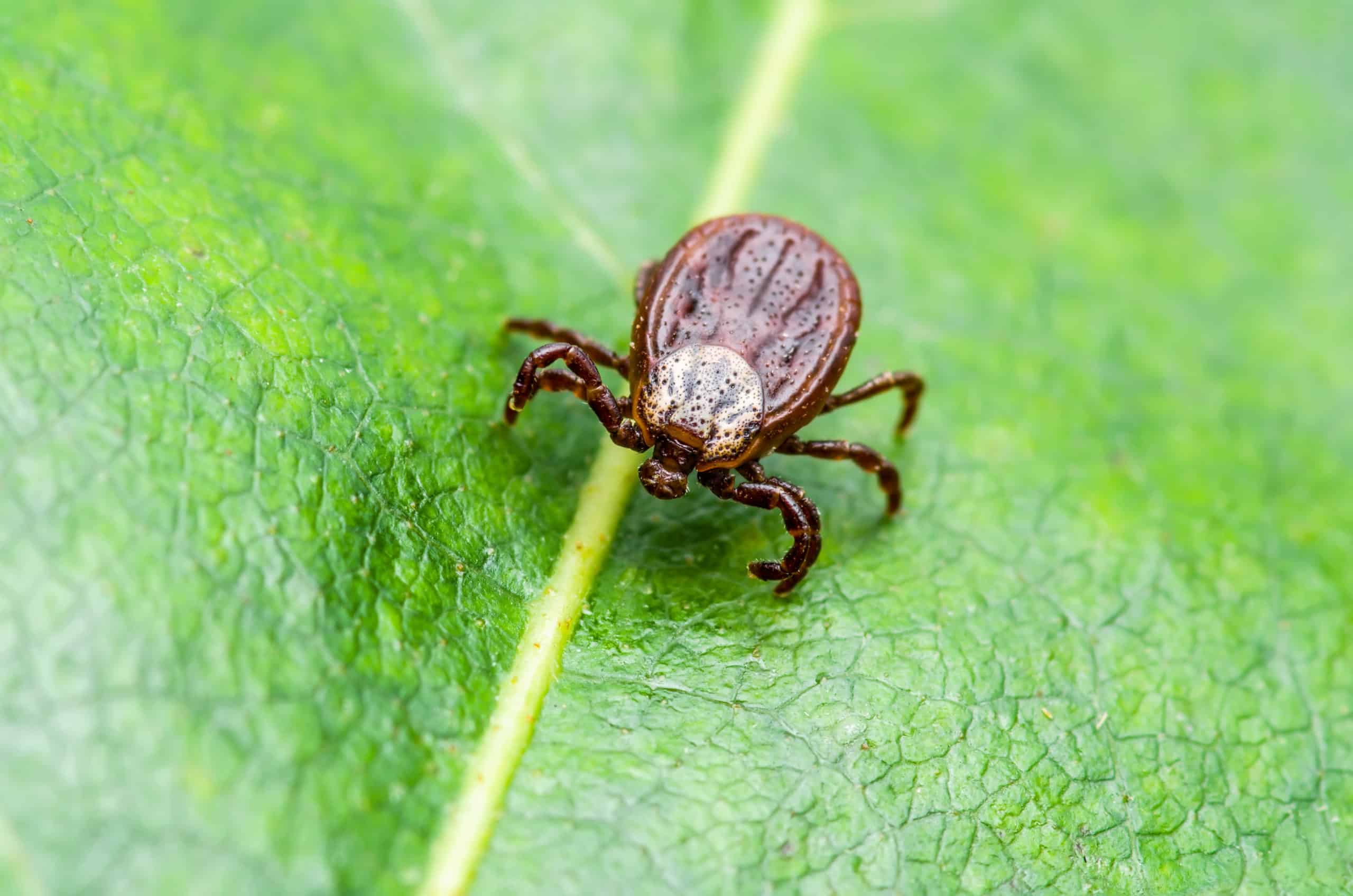
Citations
Antani, K. and Burgeson, A. (2011) Blattella Germanica: German Cockroach, Animal Diversity Web. The University of Michigan. Available at: https://animaldiversity.org/accounts/Blattella_germanica/ (Accessed: August 2020). Ant Life Cycle – Exploring the Different Stage of an Ant’s Life (2017) Earthkind. Available at: https://www.earthkind.com/blog/ant-life-cycle-exploring-the-different-stages-of-an-ants-life/ (Accessed: October 2020). Barbara, K. (2017) American Cockroach, The University of Florida. The Florida Department of Agriculture and Consumer Services. Available at: http://entnemdept.ufl.edu/creatures/urban/roaches/american_cockroach.htm (Accessed: August 2020). Bed Bugs (2017) The Centers for Disease Control and Prevention. U.S. Department of Health and Human Services. Available at: https://www.cdc.gov/dpdx/bedbugs/index.html (Accessed: August 2020). Bennett, K. (2018) Ant Life Cycle, Harvard Forest. The President and Fellows of Harvard College. Available at: https://harvardforest.fas.harvard.edu/ants/life-cycle (Accessed: October 2020). Chan, W. and Kaufman, P. (2013) American Dog Tick: Dermacentor variabilis, Entomology and Nematology of the University of Florida. The Florida Department of Agriculture and Consumer Services. Available at: http://entnemdept.ufl.edu/creatures/urban/medical/american_dog_tick.htm (Accessed: July 2020). Face to Face with Ants (no date) ASU Ask a Biologist. Arizona State University School of Life Sciences. Available at: https://askabiologist.asu.edu/individual-life-cycle (Accessed: October 2020). Gannon, M. (2017) Bedbugs: Facts, Bites and Infestation, LiveScience. Available at: https://www.livescience.com/42297-bed-bugs-facts-information.html (Accessed: August 2020). Hahn, J. and Ascerno, M. (2018) Cockroaches, The University of Minnesota Extension. Available at: https://extension.umn.edu/insects-infest-homes/cockroaches#american-cockroach-137713 (Accessed: August 2020). Holderman, C. and Kaufman, P. (2020) Lone Star Tick: Amblyomma americanum, Entomology and Nematology of the University of Florida. The Florida Department of Agriculture and Consumer Services. Available at: http://entnemdept.ufl.edu/creatures/urban/medical/lone_star_tick.htm Life Cycles (no date) The American Mosquito Control Association. Advocacy & Management Group Inc. Available at: https://www.mosquito.org/page/lifecycle (Accessed: April 2021). Mather, T. and Patnaude, M. (2017) Blacklegged Tick or Deer Tick: Ixodes scapularis, Entomology and Nematology of the University of Florida. The Florida Department of Agriculture and Consumer Services. Available at: http://entnemdept.ufl.edu/creatures/urban/medical/deer_tick.htm McCanless, K. (2017) Oriental Cockroach, The University of Florida. The Florida Department of Agriculture and Consumer Services. Available at: http://entnemdept.ufl.edu/creatures/urban/roaches/oriental_cockroach.htm (Accessed: August 2020). Miller, D. M. and Polanco, A. (no date) Bed Bug Biology and Behavior, The Department of Entomology at Virginia Tech. Virginia Department of Agriculture and Consumer Services. Available at: http://www.vdacs.virginia.gov/pdf/bb-biology1.pdf (Accessed: August 2020). “Mosquito Life Cycle” (no date). The CDC Department of Health and Human Services, National Center for Emerging and Zoonotic Infections Diseases Division of Vector-Borne Diseases. Mosquitos (2019) National Geographic. National Geographic Partners. Available at:https://www.nationalgeographic.com/animals/invertebrates/group/mosquitos/ (Accessed: April 2020). Your Field Guide to Battle Ticks (2020) Fairfax County Virginia. Available at: https://www.fairfaxcounty.gov/news2/your-field-guide-to-battle-ticks/ (Accessed: July 2020).
Request a Free Quote Today
(We do not share your data with anybody, and only use it for its intended purpose)


